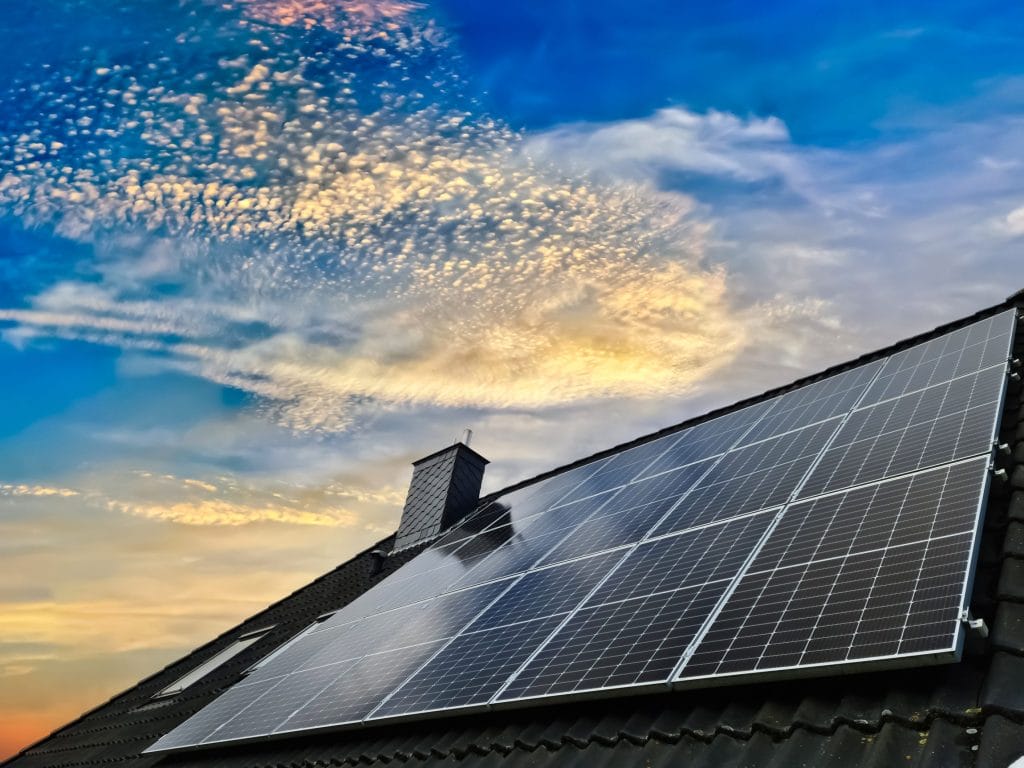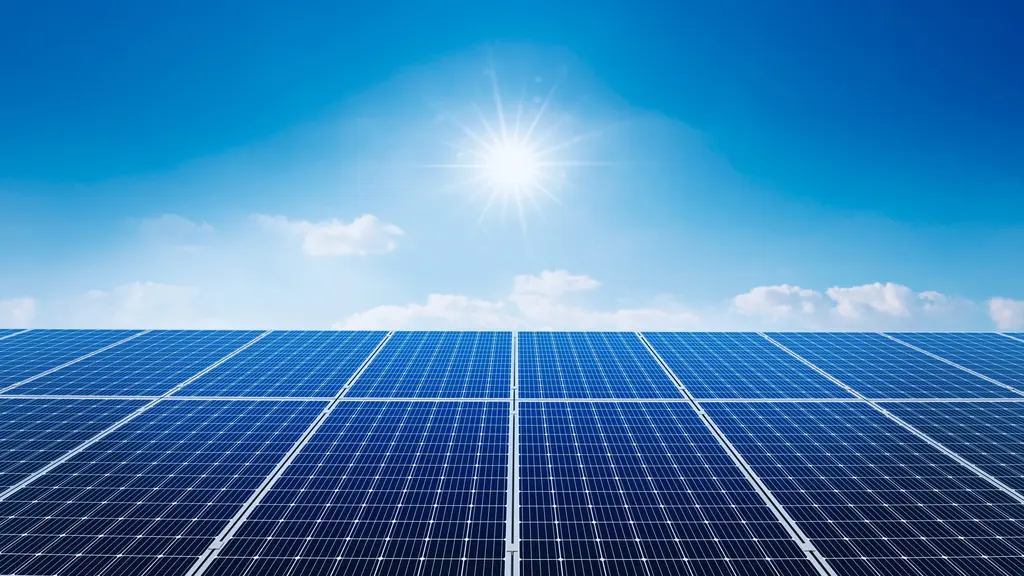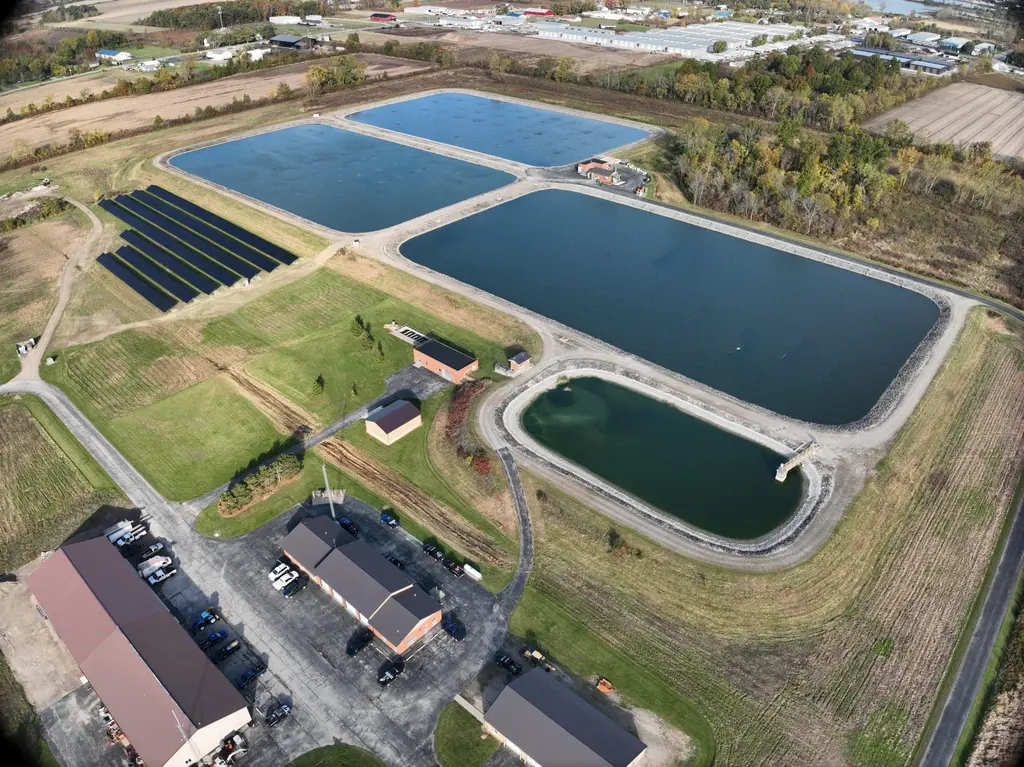Working with your homeowner’s association for solar
The History of Solar And Homeowners Associations
In some neighborhoods, a homeowner must work with their homeowners association (HOA) prior to adding solar panels. When it comes to addressing solar proposals from homeowners, the HOA will typically rely on its restrictive covenants, or “deed restrictions” to guide their decision making. Covenants describe how a property can be used and what can be built on it. HOA’s use this tool to maintain uniformity and aesthetics in a neighborhood.
To begin the approval process, submit a proposal to the HOA architectural review person or committee. Sometimes the entire HOA board will vote to approve or disapprove of a proposal.
At the end of the day, your HOA deed restrictions often do not address solar panels.
The documents were written many years ago when residential solar wasn’t as common as it is today. So, in most cases, one will find that HOA deed restrictions do not include language that prevents solar. However, this does not mean that HOA boards will approve solar projects. There may be hesitancy by the HOA board to approve anything that is deemed to alter the “uniformity” of the neighborhood. Some HOA’s have restrictions on roof color which solar panels may not conform with. Even without roof color restrictions, HOA’s may see solar panels as altering the uniform look of the neighborhood.
Besides the issue of uniformity, HOA’s can typically block solar panels by invoking a clause in the deed restrictions pertaining to “aesthetics”. Since this is subjective, HOA boards can simply say that the panels will detract from the aesthetics of the neighborhood.
Before submitting your solar proposal to your HOA:
1. Become familiar with the HOA restrictive covenants.
- Is there any language that is specific to solar panels? If so, are there certain restrictions or guidelines? If not, is there language regarding maintaining neighborhood uniformity?
- What is the HOA approval process for home improvements? Can the HOA reject a proposal solely for aesthetic reasons?
2. Develop a proposal for the homeowner that addresses the possible HOA concerns.
- If aesthetics and/or uniformity are a concern, consider: all black panels and/or careful placement of panels ( to make sure design layout is optimal from an aesthetics standpoint)
3. If you think immediate neighbors will be supportive, talk to them.
- This support can be included in a proposal letter to HOA. HOA boards may be fearful of backlash from neighbors, so if homeowner has spoken with them and has their support, this will be beneficial.
4. Find out what other neighborhoods nearby are doing with regards to solar.
- Talk to other HOA’s in the area. Contact information for HOA presidents may be available from the city in which the neighborhood is in. For example, the City of Powell, OH has a list of contact information for all 29 HOA’s in the city.
- Are HOA’s in the area allowing solar? If not, what restrictions are in place?
- Are there any solar homes in surrounding neighborhoods?
- There is a chance that not many HOA’s will have experience dealing with solar. However, this also means that there is a high probability that no HOA’s in the area will be restricting solar. This fact can be highlighted when the homeowner submits a solar proposal to the HOA. If other nearby HOA’s are not restricting solar, this may influence the homeowner’s HOA to allow solar to go forward.
After submitting your solar proposal to your HOA:
Submit your proposal to the HOA along with a letter to the appropriate HOA architectural review person/committee, etc.
- Points to consider including in this letter:
- Reasons for wanting to go solar (electricity cost savings, making an investment in the home, environmental stewardship).
- Make note of research showing a substantial increase in home resale value for solar homes. This point is crucial since the aesthetic concerns of HOA’s typically stem from concerns about neighborhood value.
- Briefly show data regarding environmental benefits (i.e. emissions avoided: equivalent number of trees planted, pounds of coal avoided, miles driven by car avoided, etc.). Your solar proposal should have statistics like this included.
- Discuss any findings from talking to other HOA’s. Your proposal will be strengthened if the letter can state that “other nearby HOA’s are allowing solar” or “of the HOA’s I contacted, none have any restrictions on solar.”
- Solar is becoming more common and widespread, so this is an opportunity for the neighborhood to set a precedent — with a reputable solar firm who will ensure the installation maintains the aesthetics of the neighborhood. In other words, present this as a chance for the HOA to set a high standard for solar in the neighborhood.
- Consider proposing a set of solar guidelines that the HOA can use if desired. This may make it more palatable for the HOA to approve a solar installation if it knows that certain standards will have to be followed going forward. The HOA may be ok with the solar proposal of the current homeowner with regard to aesthetics, etc., but is concerned that this will open the door to all types of solar installations that may not be done as well by other homeowners. Northwest Solar Communities has developed residential solar guidelines that can be used as a template for HOA’s. Guidelines may need to be modified somewhat – i.e. take out language regarding ground-mounted solar, etc.
- Stress at the close of the letter the desire to work closely with the HOA.
- Provide contact information for yourself and your Third Sun Solar Consultant for any questions.
- Offer to present the proposal to the architectural review committee/board.
- In the presentation, show photos of high quality residential installations. Your Solar Consultant would be happy to provide you with photos to use.
If your solar proposal is not accepted…
If HOA does not approve the solar proposal, you may consider obtaining a supportive opinion letter from an attorney that addresses concerns brought up in the HOA restrictive covenants.
- This letter can describe how the solar proposal is in line with the HOA restrictive covenants and can speak to specific concerns raised.
- The point of the letter is not to appear as a threat of possible litigation against the HOA. Rather, it is to provide a supportive legal document to facilitate the HOA approval of solar.
- Note: this step can be taken prior to the initial submission of the proposal to HOA, but will add to the total cost to the homeowner and possibly be an unnecessary one.
Homeowners may consider modification of HOA restrictive covenants.
-
- Often this entails obtaining approval from 75% of homeowners in the neighborhood.
- One possible approach is to circulate petitions in the neighborhood for approval of solar guidelines (as mentioned above).
- The HOA attorney will need to write an amendment to the restrictive covenant.
- Prior to petitioning the neighborhood, send out an email to the neighborhood explaining the petition process and attach the proposed amendment, sample guidelines, etc.
- Likely, the most successful approach is going door-to-door in order to facilitate in-person conversations.
- Along with the petition, take around copies of proposed amendment documentation, proposed solar guidelines, and rendition of homeowner’s house with panels.
- If the petition is successful, the HOA board will need to formally adopt amendments to restrictive covenants, then submit documentation with the county recorder.
- You will now be able to resubmit the solar proposal.










